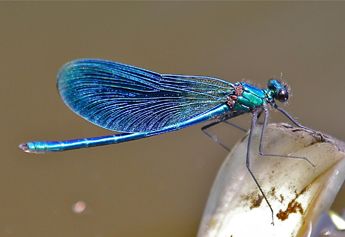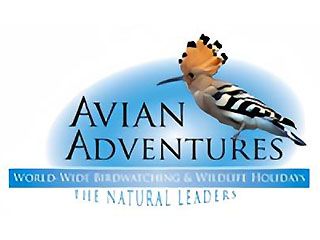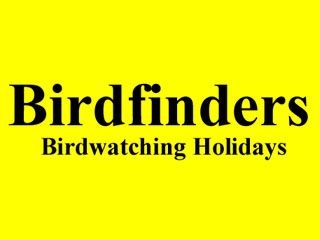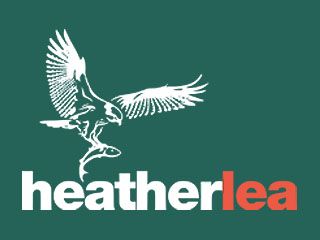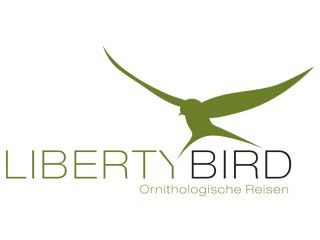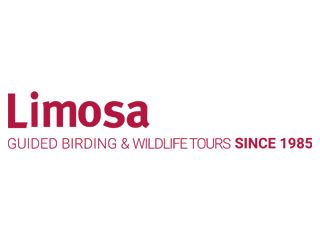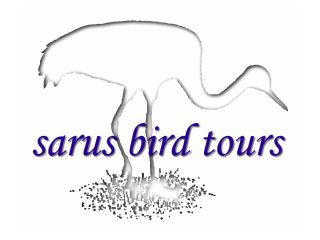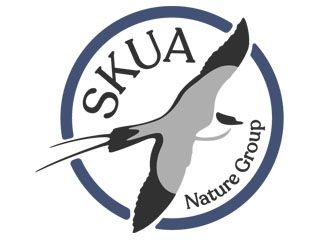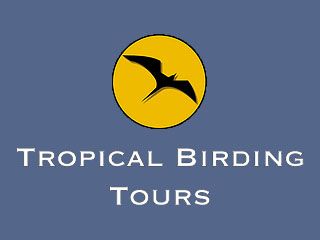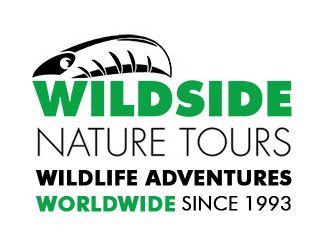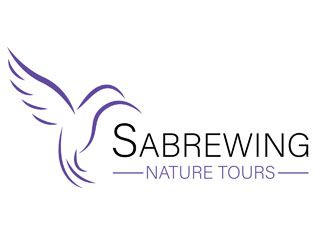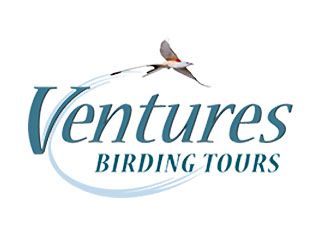Ecotours Worldwide - Stop Dreaming - Start Booking
Czech Republic & Slovakia - Dragonfly Tour
DRAGONFLY SPECIES OF NORTH BOHEMIA
Search for Whitefaces and more
North Bohemia is a lovely region of low hills, sandstone rocks and various small lakes. Traditional villages are also well preserved here and there. Our hotel is located just 60 miles from Prague airport at a large Machovo jezero lake. Beautiful ruin of Bezdez castle with lanice marshy areas below dominates the skyline in the east of the lake.
Dragonflies are represented mainly by the species common over much of Europe but several with northern distribution thrive there as well. Whitefaces will be a real highlight of the tour. Yellow-spotted and Dark Whiteface are common in several places and we also visit early enough to find Ruby and Small Whiteface. Lilypad will be a bonus if we find it. Nice range of Bluets including Ornate, Crescent and Spearhead or Northern and Yellow-spotted Emerald are a few out of other species that should please every odonatologist.
Photo opportunities will be plentiful as the sites are often easily accessible and dragoflies are found there in abundace.
Our guide Martin Waldhauser is a real dragonfly expert and he lives close to several sites visited on this tour. He designed the tour to cover the best areas and species of the beginning summer. Martin is one of the authors of „The Dragonflies of the Czech Republic", probably the biggest dragonfly book ever published. He is in his fourties and you cannot wish a better companion and dragonfly enthusiast to guide you through the north Bohemia. He will give lectures in the field and one slide show on an evening. Martin is employed at Landscape Protected Area Luzicke hory and is also a renowned dragonfly photographer.
DRAGONFLIES OF SLOVAKIA
Jewels of the Carpathians
Not many people are familiar with an issue of Slovakia and its dragonflies. Despite this still limited knowledge the country offers wealth of species and habitats ranging from lowland rivers and marshes to the glacial lakes in the high Carpathians. Thus the dragonfly fauna is represented by eastern, southern and northern/alpine species which make Slovakia an extremely interesting destination.
Though timed to cover the highest number of species the tour will be also focused on some eastern and northern specialties. The sceneries are beautiful and alongside with plenty of butterflies and birds, the trip will offer many things to see.
To this date 75 dragonfly species have been recorded in Slovakia (more than in Hungary or Bulgaria). The highlights of the tour should be Ornate Bluet, Alpine, Northern and Yellow-spotted Emerald, Sombre Goldenring, Small and Yellow-spotted Whiteface, Small Pincertail, White-tailed Skimmer, Green Snaketail, Eurasian Baskettail or Bog Hawker.
The tour starts on a flat landscape of Turčianska kotlina basin, and passes the highest mountains of the West Carpathians, the High Tatras. Then it goes through a remote rural area on the Polish border all the way to the Hungarian border where dozens of pools are home to about 45 species of dragonflies.
Your guide Dušan Šácha is one of the Slovak foremost dragonfly experts with unsurpassed knowledge on dragonflies of north Slovakia. In two evenings he will give lectures complemented with a screening of his documentary „A Year in the Life of Dragonflies" and a slide show of dragonflies and their habitats.
Fact File
- Slovakia
- 8 days | 3 hotels
- dates: June, July
- ground price: tba | single supplement: tba
- guide: Dusan Sacha
- airport: Budapest, Hungary
- group size: 6-16
Itinerary in brief
- D1 Arrival to Slovakia (hotel in Turcianske Teplice)
- D2 River Turiec and its wetlands (hotel in Turcianske Teplice)
- D3 Tatra mountains and their foothills (hotel in the Belanske Tatras, Zdiar village)
- D4 Zamagurie region (hotel in the Belanske Tatras, Zdiar village)
- D5 Transfer to east Slovakia (hotel in Slovenske Nove Mesto or Vinicky)
- D6 East Slovak lowland, Ondava river (hotel in Slovenske Nove Mesto or Vinicky)
- D7 Latorica river and wetlands (hotel in Slovenske Nove Mesto or Vinicky)
- D8 Departure
Highlights
- Spearhead Bluet
- Small Whiteface
- Ruby Whiteface
- Yellow-spotted Whiteface
- Bog Hawker
- Moorland Hawker
- Alpine Emerald
- Brilliant Emerald
- Northern Emerald
- Downy Emerald
- White-tailed Skimmer
Itinerary
Day 1 Arrival to Slovakia
Arrival to Slovakia and transfer to the hotel. Various airports are appropriate for getting to the north Slovakia, Poprad, Kosice and Cracow being the best ones. Bratislava, Vienna or Budapest can also be an option but they are much further from the tour bases.
Day 2 River Turiec and its wetlands
We start our dragonfly search in Wetlands of Turiec river. They are of international importance and consist of well preserved submontane riverine wetlands.
Green Snaketail (Ophiogomphus cecilia) can be found here and adults appear in first days of July so we may be lucky to see it. Danube Salmon (Hucho hucho) and Otter (Lutra lutra) are always hard to find while Black Stork (Ciconia nigra) and there is a big chance of seeing many bird species.
Afterwards we drive to a site where Ornate Bluet (Coenagrion ornatum) will be the sought-after species. The fen spring community there consists of some other eye-catching dragonflies like Sombre Goldenring (Cordulegaster bidentata), one of the biggest species in Europe, and Keeled Skimmer (Ortethrum coerulescens), a thermophilous dragonfly surviving in a cold climate of Northern Slovakia. The only Slovak site of English Sundew (Drosera anglica) is right here. Also several orchid species are easy to find here as well as birds like Northern Grey and Red-backed Shrike, Common Rosefinch and River Warbler.
Throughout the North Slovakia it is likely that we encounter Poplar Admiral, a widespread butterfly with a short flight period.
Day 3 Tatry mountains and their foothills
After a busy day we will rest on coach when driving to the Spiš region after breakfast. The journey through valleys of the high Carpatians will offer beautiful scenic views. After two hours we will arrive right to the heart of the most famous mountains of Slovakia. The High Tatras area are rich in natural water pools. The main dragonfly habitats are mountain lakes, and mires. Together with an easy access to several sites, beautiful scenery of the highest peaks of the Carpathian arch and very comfortable accommodation it is an ideal dragonfly holiday destination.
Our main target will be Štrbské pleso, a lake of glacial origin lying in the height of 4000ft and easily accessible by coach.
We will try to explore the dragonfly assemblage of mountain mires alongside the lake shore of Štrbské pleso. Small Whiteface (Leucorrhinia dubia), Alpine Emerald (Somatochlora alpestris) and Bog Hawker (Aeshna subarctica) are typical species to be spotted but the latter is sometimes not out before July. Round-leaved Sundew (Drosera rotundifolia) is foud there together with other plant species of bogs (Eriophorum vaginatum, Arctostaphyllos uva-ursi, Scheuchzeria palustris).
The following program has two options. An easy one is to follow tourist paths and look for Blue and Moorland Hawker (Aeshna cyanea and juncea) and Brilliant Emerald (Somatochlora metallica). Or, if there is enough time left and we are all reasonably fit, we can go for a longer walk to a remote site inhabited by localized Northern Emerald (Somatochlora arctica).
The birds will be much more quiet by end of June but still we will have a chance to see some of the common mountain species like Crossbill, Nutcracker, Ring Ouzel, Three-toed Woodpecker, Firecrest, Crested Tit or Wood Warbler.
Day 4 Zamagurie region
The best dragonflies of this area are found by a mountain lake surrounded by natural moorland. Typical species to be seen here are Spearhead Bluet (Coenagrion hastulatum), Ruby Whiteface (Leucorrhinia rubicunda) and Yellow-spotted Whiteface (L. pectoralis). Whitefaces fly early in the season but we will be at higher elevation and hope to find both. One of the most eye-catching species on the site is Downy Emerald (Cordulia aenea). However, the lake is rather remote just like the whole region and to reach it we need to walk for approximately 1,5 hour uphill.
Since the the walking may be physically demanding, there will be an optional program. It includes a visit to the floodplain wetland with a diversity of dragonflies, an optional trip on the Dunajec river on a traditional raft in the scenic environment of Pieniny mountains or a visit to the monastery in Červený Kláštor, where the famous „flying monk" Cyprian lived. Species likely to be seen are Downy Emerald (C. aenea), Brilliant Emerald (S. metallica), variety of Spreadwing species (genus Lestes) and variety of Darter species (genus Sympetrum, among them outstanding Banded Darter (S. pedemontanum) but this one is out as imago from July).
Mountain butterflies that we can see include Mountain Green-veined White, Purple-edged Copper, Alcon Blue, False Heath, Niobe and Cranberry Fritillary and Large Heath.
Lesser Spotted Eagles and Black Storks are common in the area and we should see both.
Day 5 Transfer to east Slovakia
We take a two and half to three hour drive to the southeast Slovakia. We will be based not far from Hungarian and Ukrainian borders. The whole region is flat with hilly areas on Hungarian border. A warm weather indicates presence of some southern species.
We will spend a few afternoon hours south of Latorica river to look not only for dragonflies but also for birds and butterflies.
We should not miss Lesser Grey Shrike, Golden Oriole, Penduline Tit, Bee-eater, storks, egrets, Barred Warbler or a woodpecker (Syrian, Middle Spotted, Grey-headed and Black). White-tailed Eagle and Black Kite breed along Latorica. Out of the butterflies that fly locally we could come across a Large Copper, Yellow-legged Tortoiseshell, Provencal Short-tailed, Chequered, Eastern Baton and Large Blue, both emperors or Assmann´s, Lesser Spotted and Twin-spot Fritillary.
Alternatively we can spend the day slowly transferring ourselves to the east. Our first stop will be at flat Tatra headland. Nice mires have a rare Scarce Heath and even rarer Moor King – magnificent member of Snapdragon family. Then we will follow the road through scenic regions of Central Slovakia and visit foothills of Muran plateau. There is a wonderful range of flowers along a half-mile-long forest track. A late Lady´s Slipper can be found alongside with Alpine Clematis, Alpine Rose, Moldavian Monkshood, Spiked and Roun-headed Rampion, Tofield´s Asphodel, One-flowered Wintergreen, Alpine Bells, Large White Buttercup and several orchids. We go forth passing Slovak Paradise and Slovak Karst until we reach our small hotel in the southeast Slovakia.
Day 6 East Slovak lowland, Ondava river
A few rivers make their way through the east Slovak lowland. Several streams were altered like Ondava river that feeds many canals. Despite the surrounding fields being intensively cultivated these canals host now a wonderful array of dragonflies and are well accessible. Small Pincertail (Onychogomphus forcipatus), Yellow-spotted Emerald (Somatochlora flavomaculata) and Blue Chaser (Libellula fulva) will be our main targets. Others include Brilliant Emerald (Somatochlora metallica), Southern Skimmer (Ortethrum brunneum) and Keeled Skimmer (Ortethrum coerulescens).
Besides, the Ondava river and large ponds at Senne can be searched for River Clubtail (Gomphus flavipes) and Vagrant Emperor (Anax ephippiger) as well as many other more common species.
We should see some nice birds and butterflies too. Imperial Eagle is almost impossible to miss and there can be a Hoopoe, Golden Oriole or even Saker round. Senne ponds, if we get there, can be a paradise for dragonfly specialists who also like to watch birds. Red-necked Grebe, Ferruginous Duck, Spoonbill, Bearded Tit or Bittern are just a few to mention.
Day 7 Latorica river and wetlands
A river bed of the main stream of Latorica river together with natural and artificial pools, marshes and floodplain forests adjoins to mosaic of wet meadows, sand dunes with marshes, puszta areas and odd bogs. Bodrog and Tisa rivers which are flowing nearby, are framed by many oxbows and canals. This is a warm and sunny region where dragonflies thrive in almost natural conditions. The search keeps discovering new species like the latest addition of Lilypad Whiteface (Leucorrhinia caudalis).
We will search the canals and shallow marshes for many of the local species. Green-eyed Hawker (Aeschna isoceles), Common Clubtail (Gomphus vulgatissimus), White-tailed Skimmer (Ortethrum albistylum) are common. Blue-eyed Hawker (Aeschna affinis), Downy Emerald (Cordulia aenea) and Southern Darter (Sympetrum meridionale) seem to be uncommon but regular in the Latorica area.
A late Hairy Hawker (Brachytron pratense) and Eurasian Baskettail (Epitheca bimaculata) can turn up, the latter as a highlight of the tour as well as the expected Yellow-spotted Whiteface (Leucorrhinia pectoralis).
Small Redeye (Erythroma viridulum), Small Bluetail (Ischnura pumilio), Lesser Emperor (Anax parthenope), Four-spotted Chaser (Libellula quadrimaculata) and Yellow-winged Darter (Sympetrum flaveolum) are more common dragonflies that grace the stagnant waters of Latorica area.
Day 8 Departure
A transfer to the airport and departure home. If the schedule will allow us a few more ours we will certainly explore some other marshes and canals around Latorica river.
Additional information:
The daily trips are usually very easy, with only short walks to the sites. If the trip is more demanding, a caution and an optional program are given beforehand. This can happen on day 3 and 4. Mosquitoes and direct exposure to the sun can be a nuisance in the east. Therefore a mosquito repellent and a head-wear are recommended.

Contact
Phone: Call May-October; Text all year
+36 30-645-9318 or +36 30-211-0006
Call Nov-April: +506 84961012 or 84961417
e-mails:
ecotoursgabororban @ gmail.com
toucanbirdingecolodge @ gmail.com
Our mission
Our first priority is to save habitats & species.
Secondly we would like to share our knowledge of wildlife and encourage you to participate directly or indirectly in protecting nature.
We are also working continuously on our carbon balance with developing our 23 hectares of wildlife reserve.
